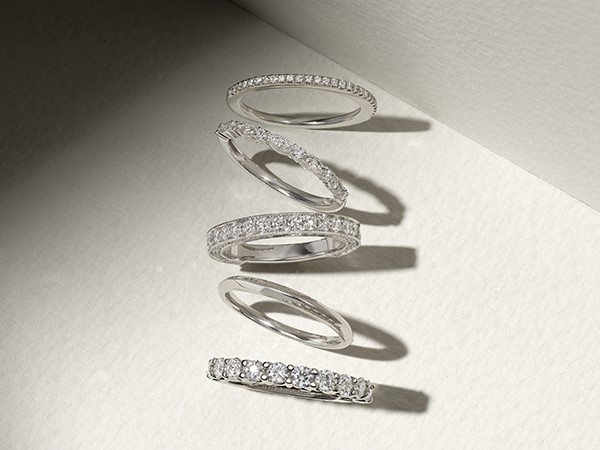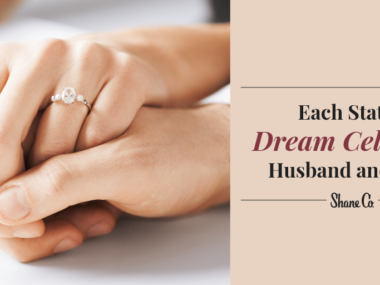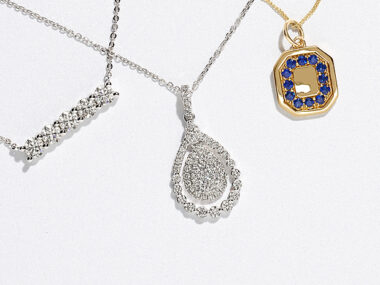With so many bridal traditions to keep track of, it can be difficult to figure out where your finances fall into place. While of course every decision comes down to what works best for you and your partner, many couples like to know what is “traditionally” done so you can choose whether to stick to it or deviate by creating your own rules. Read on to find out the answers to all your burning bridal questions.
1. Who buys the wedding bands?

Traditionally speaking, the groom-to-be buys his honey their engagement ring and wedding band, while the bride takes care of her fiancé’s band. This goes along with the idea of “exchanging” rings at the ceremony, and gives the bride and groom a chance to give each other a wedding gift of sorts. Many couples even choose to have their rings engraved with a special message — this works well if you are keeping the rings as a surprise for each other on the wedding day.
2. Who pays for the wedding?
Throughout history, it’s been a common tradition for the wedding expenses to be taken care of by the bride’s family. There are a few reasons for this — one is that this is considered the “last party” the bride’s parents will fund for their daughter. Also, in times when it was quite common for the groom to support his future wife by providing a house and living expenses, it typically made sense for the bride/bride’s family to make the largest financial contribution to the wedding. Based on a survey done by The Knot in 2017, this tradition still rings pretty true — on average, the bride’s parents contribute 45% to the overall wedding budget, while the groom’s family contributes just 13%. At the same time, it’s become a lot less unusual to see a couple take care of the majority of their wedding expenses themselves.
3. Who pays for the bachelorette and bachelor parties?

It’s pretty common to see the bachelorette and bachelor party expenses paid for by the friends and family of the bride and groom — meaning the bridesmaids take care of the bachelorette party, while the groomsmen handle the bachelor party. Because these events are meant as a “sendoff” for the couple, it gives their friends a chance to celebrate and gift them a special experience.
4. Who pays for the honeymoon?
Typically, the groom and the groom’s family take care of the honeymoon expenses — especially if the bride’s family is paying for the majority of the wedding. This is a way for the groom’s family to contribute and gift the happy couple something, even if they aren’t funding the wedding party.
5. Who buys the bride’s wedding dress?

The bride and/or the bride’s family pays for her wedding dress, while the groom and/or groom’s family pays for his suit. This is probably because it’s traditional for the bride’s dress to remain a mystery to the groom until he sees her on their wedding day.
6. Who pays for the bridesmaids/groomsmen attire?

Unless the bride and groom are asking the members of their wedding party to wear something really extravagant, the cost of clothing for their bridesmaids and groomsmen is usually handled by the people wearing it themselves. However, it is traditional for the bride/groom to give the members of their wedding party gifts — often jewelry — as a way of saying thank you for their help in making their big day one to remember.
Still have questions? Learn more about wedding traditions on The Loupe, or explore these common engagement ring myths before you decide to pop the question.


